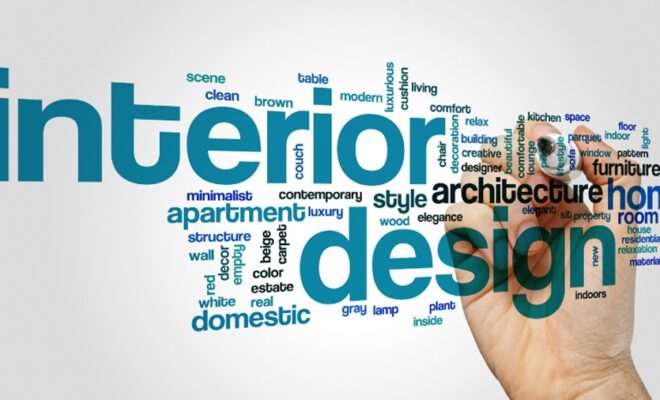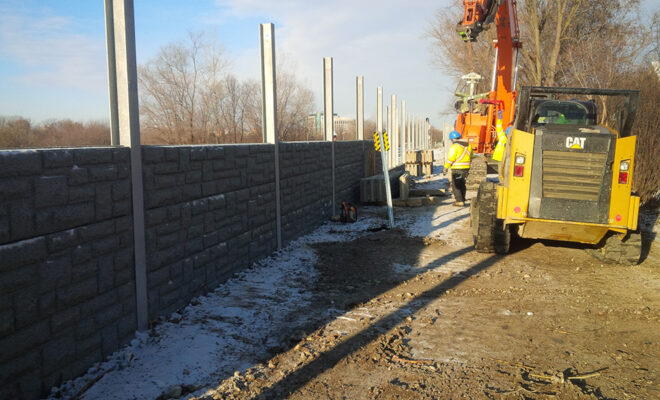The Latest Trends in Corporate Interior Design: A Look into Modern Workspaces

In recent years, the world of corporate interior design has been evolving at a rapid pace. With more companies looking to create dynamic and engaging workspaces that cater to the needs of today’s employees, a plethora of innovative and cutting-edge trends have emerged. This article looks closely at some of the most popular trends shaping the modern office space and how they are transforming corporate environments.
The Emergence of Biophilic Design
One of the most notable trends in workspace design is the growing popularity of biophilic design, which incorporates elements from nature into the workplace environment. This concept is based on the idea that humans have an innate connection to nature, and being surrounded by natural elements can contribute to overall well-being, productivity, and creativity. Some examples of biophilic design elements include indoor plants, natural lighting, and natural materials such as wood and stone.
Activity-Based Workspaces: Encouraging Movement and Flexibility
Another trend shaping the world of corporate interior design is the development of activity-based workspaces. These work environments are designed to support different activities throughout the day, encouraging employees to move around and choose the space that best suits their needs for a given task. Activity-based workspaces typically include different types of work zones, such as collaborative spaces, focused work areas, and quiet zones.
Technology Integration: Streamlining Communication and Collaboration
As technology continues to advance, many offices are incorporating state-of-the-art tech solutions into their interior design. Seamless integration of technology allows for streamlined communication and enhanced collaboration. This might include wireless charging ports, touch-screen control panels, and digital whiteboards. Some offices are even utilizing virtual and augmented reality tools to improve design visualization and facilitate remote collaboration.
Flexible Office Layouts: Adapting to Future Needs
In a fast-paced world, companies must remain adaptable to changes in the way we work. As such, flexible office layouts have become a staple in modern workspaces. These designs can be easily reconfigured to accommodate the ever-changing needs of businesses, enabling companies to scale up or down seamlessly. Mobile furniture, modular partitions, and convertible rooms are just some of the features found in flexible office designs.
Focusing on Employee Well-being: A Holistic Approach
While all these trends are noteworthy, one of the most critical factors shaping the landscape of corporate interior design is the emphasis on employee well-being. Companies are now prioritizing spaces that promote physical and mental health. Some of the measures being implemented include ergonomic furniture, break-out spaces for relaxation, and designs that encourage physical activity, such as sit-stand workstations and walking tracks.
In Conclusion
The latest trends in the development of corporate interior design are a testament to the shift towards more human-centric office spaces. By incorporating elements from nature, catering to a diversity of work styles, embracing technology, and addressing employee well-being, these trends are shaping dynamic and engaging work environments that foster productivity, satisfaction, and overall success in the modern workplace.








